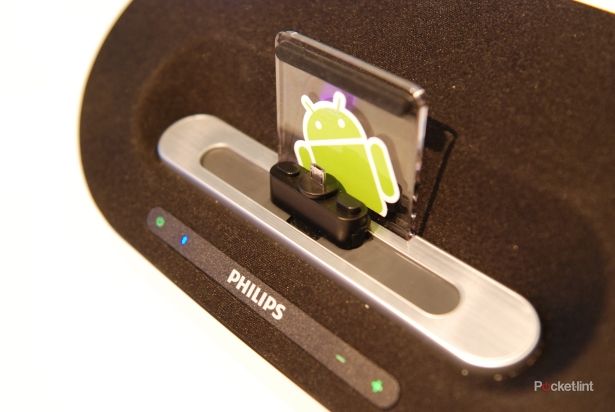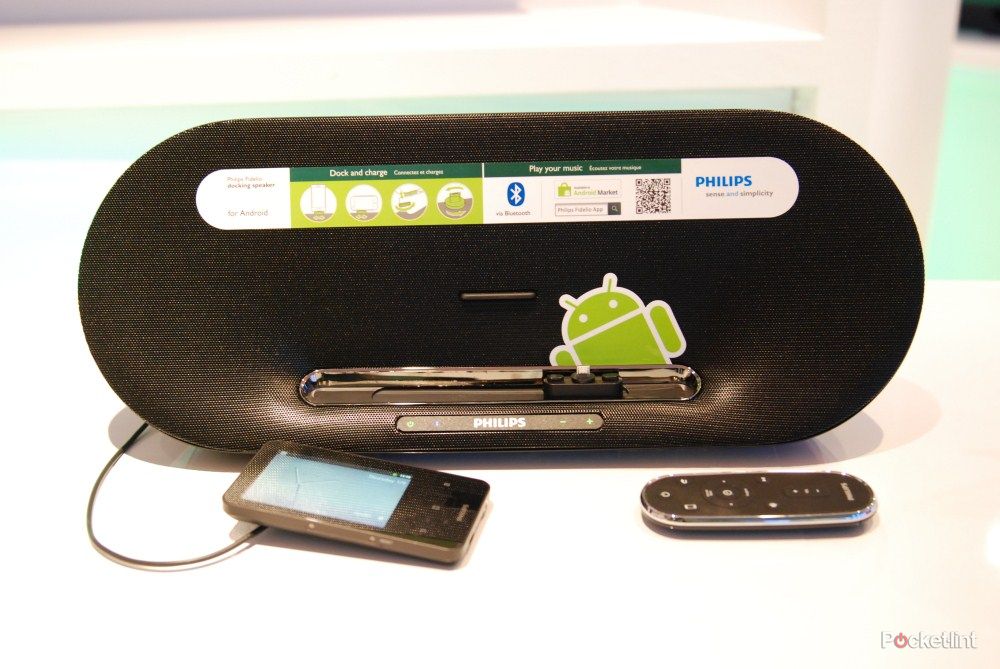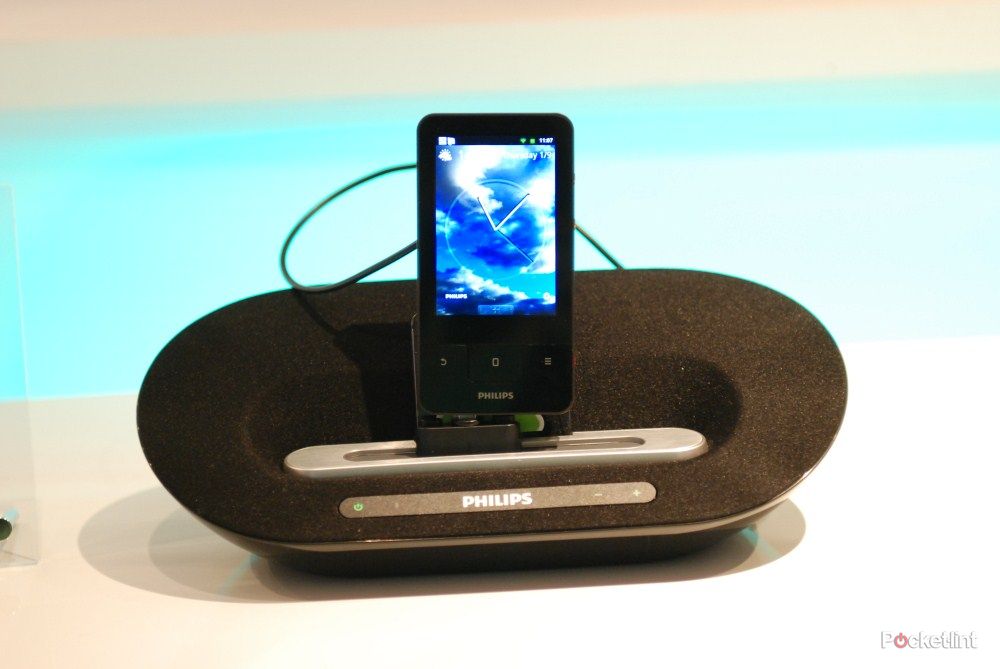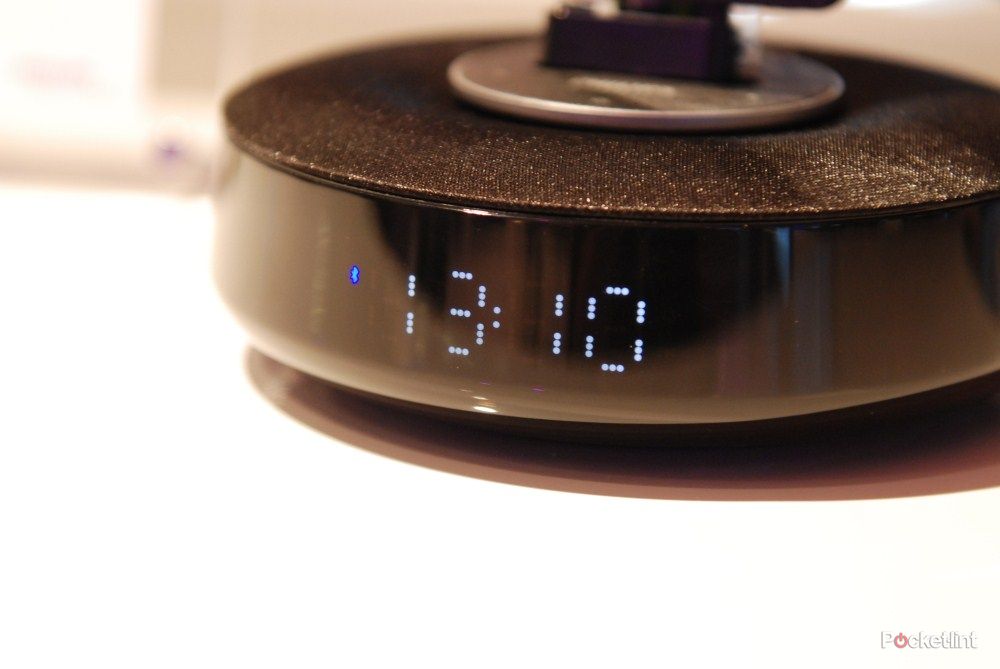It was with some cheer that Philips launched its first Android docks at IFA 2011. A wider recognition that there are Android users out there who want products specially designed for them is obviously much needed in the broader sense. However, there was always going to be a question of how well such a thing would be implemented given that there's no standard dock connector for all the Android devices out there. So, how did Philips do? We got our hands on for some first impressions.
Naturally it was straight to the top of the line Philips Fidelio AS851 that we went, and the short answer is that, yes, tick, this has been a storming success. The way Philips has got round both the microUSB docking and audio-out issues is by keeping the two separate.
Sound is transferred to the docks over Bluetooth and, since the Philips Songbird app that you download takes care of the automatic pairing, it's not too painful at all. The audio sprang into life a few seconds after we hit the Connect button on the app and, were it not for the other 8,000 Bluetooth-enabled devices on the show floor, we suspect it would have been even smoother. Accidentally clicking the Connect button on and off caused a bit too much silence for our liking mid-song - and it's clearly far slower to pick up again than it is on the iPhone range - but thems the breaks when dealing with Bluetooth.
As for the charging element - and it is a little bit odd that the device in the centre of the dock might not be the one actually playing any music at all - the connector is a really good piece of engineering which will work with 90 per cent of all Android hardware. Not only is the USB connector on a slide, to make sure that there's room for you to fit your handset in - whether the port is on the top, the bottom or the side - but it also swivels round just in case the one on your phone or tablet faces the other way, as indeed it did on our Samsung Galaxy S2 when we tried it.
When you're ready to start pumping the beats, the Philips Songbird Android app does the job. It starts with the home screen and subsequent music catalogue being well-designed - you also get access to a clock and internet radio as it goes - but it rather feels like the money ran out after that. The player screen itself looks a little budget and, if you've ever used the Fidelio app on the iPhone, it's a stark and disappointing contrast.
Fortunately, the sound quality on the Fidelio AS851 is bang on. The 2x3-inch woofers inside the rather fetching, navy blue, smooth plastic-finished, wooden chassis in combination with the rear vented bass pipes do indeed produce the nice, tight sound that Philips promised; and this product is well worthy of the high-end Fidelio label.
What was clear immediately once you make the 70-euro drop to the Fidelio nomenclature-stripped Philips AS351 is that punchy under-cushion from its bigger brother is whipped from your feet like a Persian rug on a polished wooden floor. We only had a few minutes with the dock but it didn't take that long to figure it out.
Instead one might rather save one's cash or opt for the plucky but more practical bedside Android dock that is the Philips AS111. It's not trying to be an audiophile's morning pal but the sound is perfectly acceptable and the clock is kind of funky. You could definitely do a lot worse for 79 euros.
Follow all of the IFA 2011 coverage on the IFA 2011 homepage on Pocket-lint.




